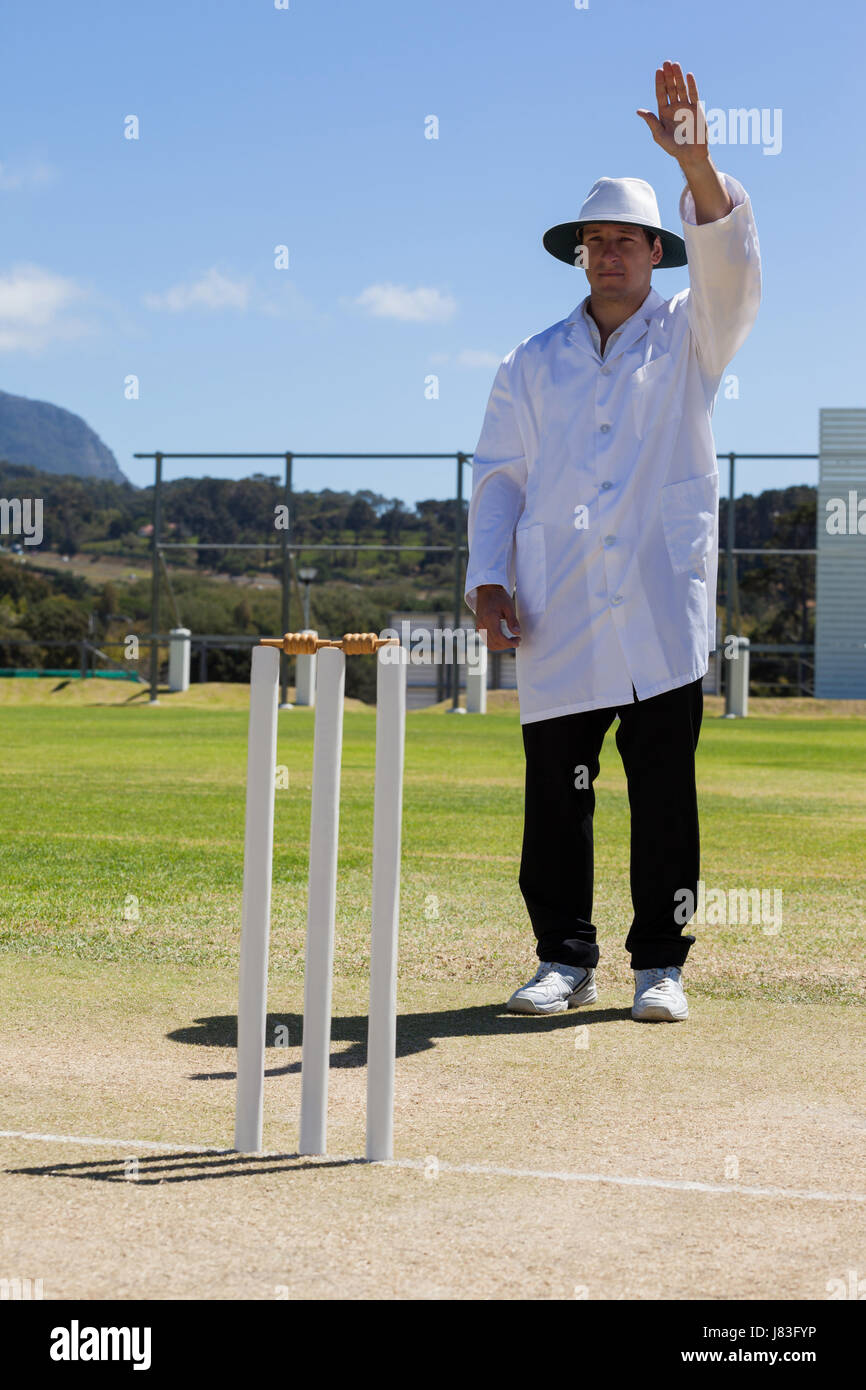
Byes is a form of extra runs that do not touch the batter and the ball has not hit the batter’s body. If the ball passes the batter without deflecting, the wicketkeeper will catch it. It normally prevents the wicketkeeper can run out or stumping as both batters are not able to complete any run.
If the wicketkeeper misses or fumbles the ball, the batter can complete the run easily and will the total in the extra count. These byes runs are added to the team total but not to numbers scored by either batter.
Another rule of the bye is that if the wicketkeeper misses the ball and reaches the boundary, the umpire calls it four byes. Byes are the fault of the wicketkeeper as the bowler gets frustrated with his job. However playing conditions in byes include wayward pace bowling, and the ability of the wicketkeeper to not concede any bye runs.
Byes can be conceded across all formats depending upon the conditions. In the Test series between England and Australia in 2011, there were 258 extras in five matches out of which 76 percent were byes a total of 29.4 percent extras.
When the well-set batter is on the non-strike, byes can be run as the wicketkeeper can miss the ball which can give the batting side advantage. It is a very big advantage as the match is heading towards a thrilling finish in the last over with the new batter on strike.
The usual thing is that the batter running towards the striker’s end will get run out but if the wicketkeeper is under pressure, he can miss and result in an important run that can change the fortune of the match as the well-set batter will be on strike. It depends upon the ability, and agility of the wicketkeeper that can stop vital runs through byes.
LEG Ames from England conceded the greatest number of byes in Test matches. He gave away 37 byes against Australia at Oval, London on 18 August 1934.
Ashraf Ali gave the most bye runs in ODI cricket. He conceded 20 bye runs for Pakistan against West Indies on 5 December 1980.
The umpire signal for byes is raising the arm straight with the palm of the hand open to distinguish between byes and out. It is also dependent upon the conditions of the pitch and the ability of the wicketkeepers that can result in so many byes.
Get the latest cricket news here, like us on Facebook, and follow us on Twitter and Instagram for more such updates.





![[WATCH] KL Rahul Grabs A Diving Catch To Remove Ruturaj Gaikwad KL Rahul](https://cricfit.com/wp-content/uploads/2024/04/379453-100x75.webp)
![IPL 2024: [WATCH] Mohsin Khan Shatters Stumps Of Rachin Ravindra Mohsin Khan Shatters Stumps Of Rachin Ravindra](https://cricfit.com/wp-content/uploads/2024/04/1713536837119_India_IPL_Cricket_24110513535119-100x75.jpg)
![IPL 2024: [WATCH] Rishabh Pant Spends Time With Young Kids Rishabh Pant Spends Time With Young Kids](https://cricfit.com/wp-content/uploads/2024/04/WhatsApp-Image-2024-04-19-at-17.25.36_68ee9fd4-1024x682-1-100x75.webp)

![[WATCH] Tilak Varma Gives Gloves To Two Young Kids; Video Goes Viral Tilak Varma Gives Gloves To Two Young Kids; Video Goes Viral](https://cricfit.com/wp-content/uploads/2024/04/Tilak-Varma-Fans-1-100x75.webp)



